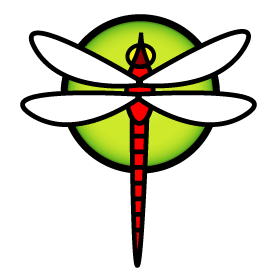Matt Dillon summarized what he’s been thinking so far for the system installation process:
(Quoted directly from his post)
* Make CDRom #1 a fully live image, allowing the system to boot into a
complete environment. Include various additional tools on the CDRom,
including X.* Split a normal installation into two stages. Stage 1 is responsible
for FDISK and basic partitioning (/, swap, and /usr), and simply copies
the CDRom to the hard drive and reboots. Stage 2 is responsible for
the more sophisticated aspects of the installation. Both stages
will use the same scripts, languages, & utilities and such to do
their work since both the CDRom boot and the HD boot will have a full
environment to play in.* Choose a set of tools to build the installation GUI. Desired features
are to be able to run the installation from a character terminal, from
a graphical environment, from a serial port, from a remote
character terminal or graphical environment via the network, or
totally automated.What I am currently proposing:
* Place Apache, PHP4, lynx, and some sort of browser (if we can get it to
fit) on the live CD.* Use Apache and PHP4 as the backend to the installer, lynx as the
character terminal frontend, or a browser as the graphical frontend.
The installation code would be written primarily in PHP4.* The PHP4 code could make use of a simple database and the existing
RCNG scripts to hold onto persistent data and execute its various
functions.
(end quote)
